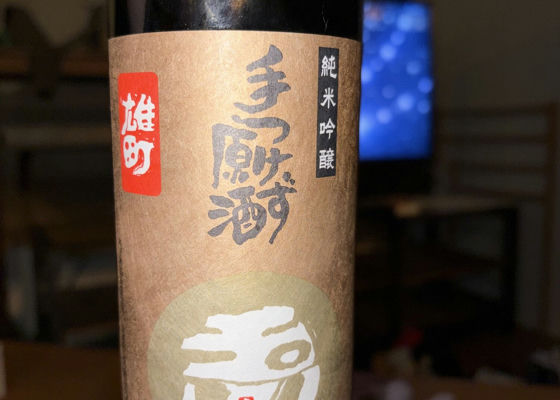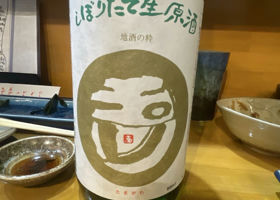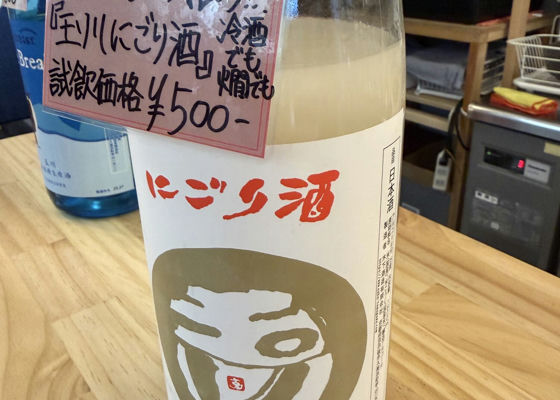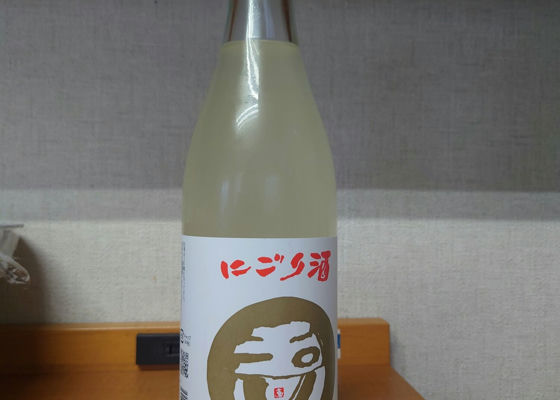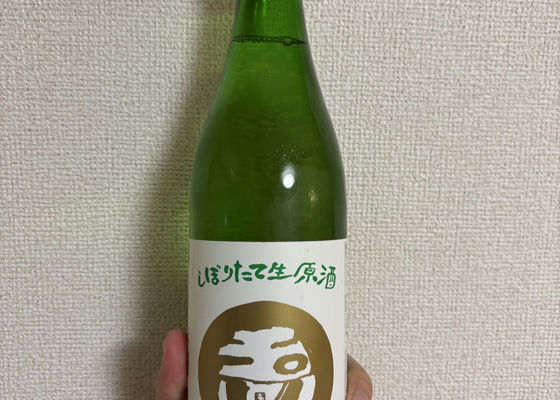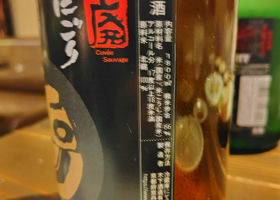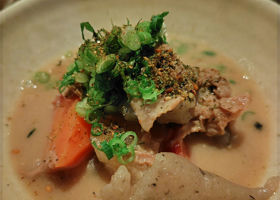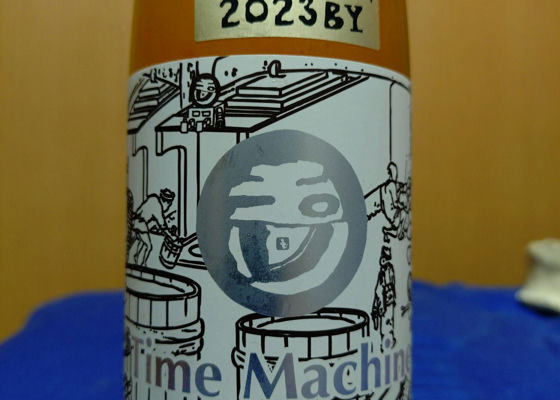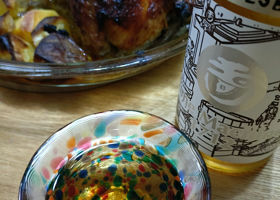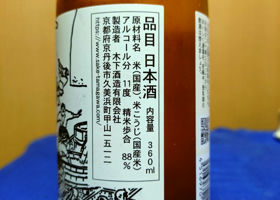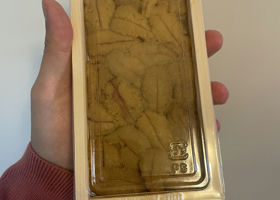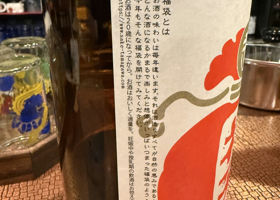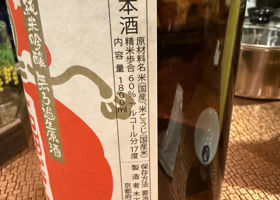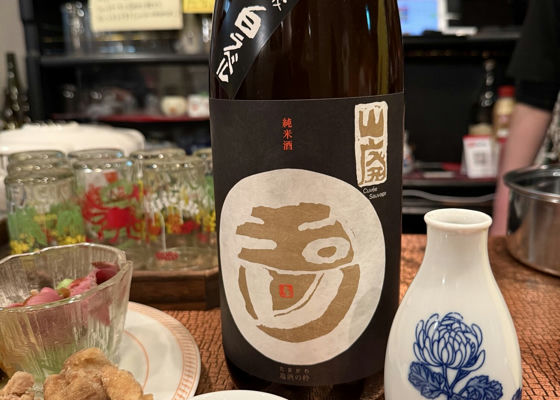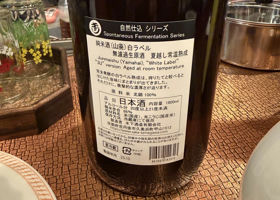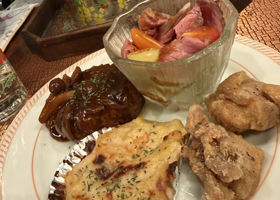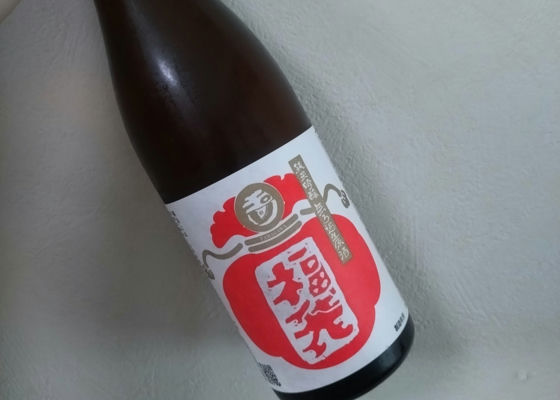
saya
The first drink of the year 2026.
Come blessed...
Aromatic and delicious.
Japanese>English
A chart created from flavor analysis of user comments.

Tags generated from flavor analysis of user comments.
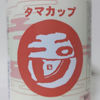
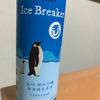
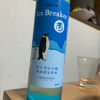
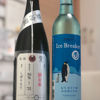
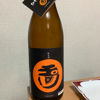
We analyze the flavors based on everyone's comments and select similar brands.
 オーダースーツECサービス「FABRIC TOKYO(ファブリック トウキョウ)」は、8月5日(月)〜9日(金SAKETIMES | 日本酒をもっと知りたくなるWEBメディア
オーダースーツECサービス「FABRIC TOKYO(ファブリック トウキョウ)」は、8月5日(月)〜9日(金SAKETIMES | 日本酒をもっと知りたくなるWEBメディア 大和製罐株式会社(東京都千代田区)は、日本酒ボトル缶の商品化から販売促進までを行う日本酒商品化サービス「CAN-PAI プロジェクト」で商品化された日本酒3品をボタニカルにアレンジして提供する「CAN-PAI de ボタニカルスパークリング日本酒」を、8月8日(木)〜12日(月)の5日間限定で「二子玉川ライズ」のイベント「ライズワンダーガーデン」に出店します。 ボタニカルスパークリング日本酒で、夏を美しく爽快に! 今回のイベントでは、「暑い夏を美しく、爽快に過ごしていただこう」と、スパークリング日本酒とボタニカルを掛け合わせた「ボタニカルスパークリング日本酒」を提供します。 天然のハーブ・フルーツの香りやエキスが溶け込んだ、一味違うボタニカルスパークリング日本酒で夏のひと時を満喫しましょう。 (左から)大関「しぼりたて19」、菊水酒造「ふなぐち菊水一番しぼり スパークリング」、高野酒造「WiWi わいわい ワイン酵母仕込スパークリング清酒」 使用するスパークリング日本酒は、大関株式会社(兵庫県西宮市)「しぼりたて19」、菊水酒造株式会社(新潟県新発田市)「ふなぐち菊水一番しぼり スパークリング」、高野酒造株式会社(新潟県新潟市)「WiWi わいわい ワイン酵母仕込スパークリング清酒」の3品。 そのすべてが、同社の「CAN-PAI プロジェクト」にて商品化されたものです。 「CAN-PAI プロジェクト」とは 「CAN-PAI プロジェクト」とは、「日本酒をお洒落に」をテーマに、日本酒ボトル缶を使った日本酒製品の企画から充填、販売促進までを行う日本酒商品化サービス。日本酒ボトル缶を通して、日本酒市場を盛り上げる活動を行っています。 「CAN-PAI プロジェクト」が掲げる目標のひとつは、「長い歴史のなかで育まれた、日本酒文化を大切にする人」と、「これから日本酒を好きになる人」が共存できるような心地よい場所をつくること。 そのような考えから、今回はスパークリング日本酒をボタニカルにアレンジし、日本酒に馴染みがないような方でも楽しめるメニューをご用意しています。もちろん、スパークリング日本酒そのままのおいしさを味わっていただくことも可能です。SAKETIMES | 日本酒をもっと知りたくなるWEBメディア
大和製罐株式会社(東京都千代田区)は、日本酒ボトル缶の商品化から販売促進までを行う日本酒商品化サービス「CAN-PAI プロジェクト」で商品化された日本酒3品をボタニカルにアレンジして提供する「CAN-PAI de ボタニカルスパークリング日本酒」を、8月8日(木)〜12日(月)の5日間限定で「二子玉川ライズ」のイベント「ライズワンダーガーデン」に出店します。 ボタニカルスパークリング日本酒で、夏を美しく爽快に! 今回のイベントでは、「暑い夏を美しく、爽快に過ごしていただこう」と、スパークリング日本酒とボタニカルを掛け合わせた「ボタニカルスパークリング日本酒」を提供します。 天然のハーブ・フルーツの香りやエキスが溶け込んだ、一味違うボタニカルスパークリング日本酒で夏のひと時を満喫しましょう。 (左から)大関「しぼりたて19」、菊水酒造「ふなぐち菊水一番しぼり スパークリング」、高野酒造「WiWi わいわい ワイン酵母仕込スパークリング清酒」 使用するスパークリング日本酒は、大関株式会社(兵庫県西宮市)「しぼりたて19」、菊水酒造株式会社(新潟県新発田市)「ふなぐち菊水一番しぼり スパークリング」、高野酒造株式会社(新潟県新潟市)「WiWi わいわい ワイン酵母仕込スパークリング清酒」の3品。 そのすべてが、同社の「CAN-PAI プロジェクト」にて商品化されたものです。 「CAN-PAI プロジェクト」とは 「CAN-PAI プロジェクト」とは、「日本酒をお洒落に」をテーマに、日本酒ボトル缶を使った日本酒製品の企画から充填、販売促進までを行う日本酒商品化サービス。日本酒ボトル缶を通して、日本酒市場を盛り上げる活動を行っています。 「CAN-PAI プロジェクト」が掲げる目標のひとつは、「長い歴史のなかで育まれた、日本酒文化を大切にする人」と、「これから日本酒を好きになる人」が共存できるような心地よい場所をつくること。 そのような考えから、今回はスパークリング日本酒をボタニカルにアレンジし、日本酒に馴染みがないような方でも楽しめるメニューをご用意しています。もちろん、スパークリング日本酒そのままのおいしさを味わっていただくことも可能です。SAKETIMES | 日本酒をもっと知りたくなるWEBメディア 株式会社Agnavi(神奈川県茅ヶ崎市)は同社が展開する「ICHI-GO-CAN®(一合缶®)」を、カルチュアSAKETIMES | 日本酒をもっと知りたくなるWEBメディア
株式会社Agnavi(神奈川県茅ヶ崎市)は同社が展開する「ICHI-GO-CAN®(一合缶®)」を、カルチュアSAKETIMES | 日本酒をもっと知りたくなるWEBメディア
